Optimal Timing for Foundation Repairs
Foundation repairs are essential for maintaining structural integrity and preventing further damage. The timing of repairs can impact their effectiveness and cost. Understanding the optimal periods for addressing foundation issues ensures that repairs are performed under conditions that facilitate proper work and long-lasting results.
Spring and summer often provide ideal conditions for foundation repairs due to stable soil moisture levels, reducing the risk of further shifting during repairs.
Dry weather minimizes delays caused by rain or snow, allowing for continuous work and better curing of repairs.
Timing repairs when soil is neither overly saturated nor extremely dry helps ensure stability and effectiveness of foundation work.
Performing repairs during periods of low occupancy, such as before or after peak seasons, minimizes disruption to occupants.

Visual assessment of foundation cracks and settlement signs.
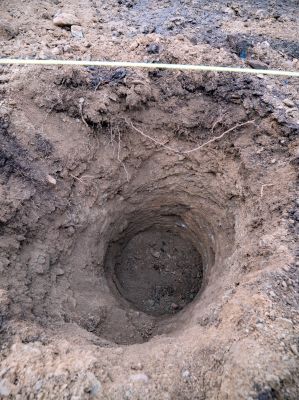
Tracking soil conditions to determine optimal repair timing.

Preparing the site for effective foundation stabilization.
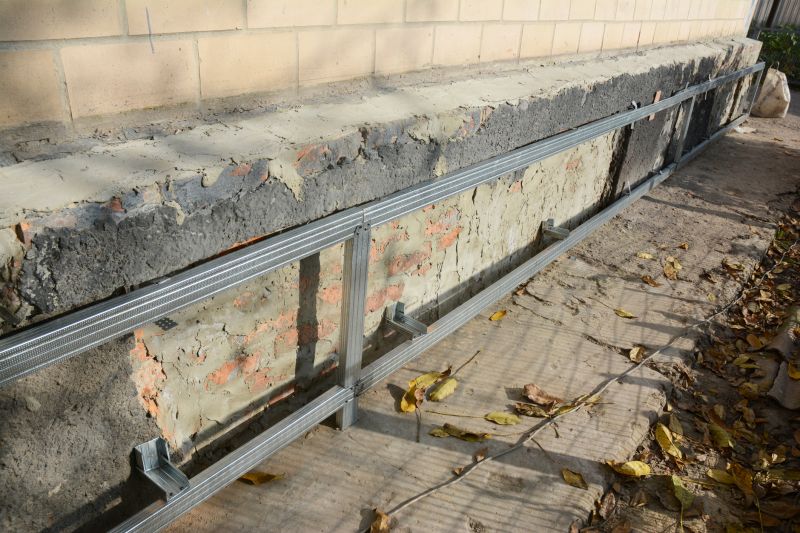
Stages of foundation reinforcement and stabilization.
| Season | Ideal Conditions |
|---|---|
| Spring | Soil begins to stabilize after winter, moderate moisture levels. |
| Summer | Dry weather facilitates uninterrupted repair work. |
| Fall | Soil moisture levels are stable, ideal for repairs before winter. |
| Winter | Cold and wet conditions may delay repairs and affect curing. |
Foundation repairs involve addressing issues such as cracking, settling, and shifting. These problems can compromise the safety and stability of a structure if not treated promptly. Common methods include underpinning, piering, and stabilization to restore the foundation's integrity. Timely repairs can prevent more extensive damage, saving costs and preserving property value. Regular inspections and early intervention are key to maintaining a solid foundation.
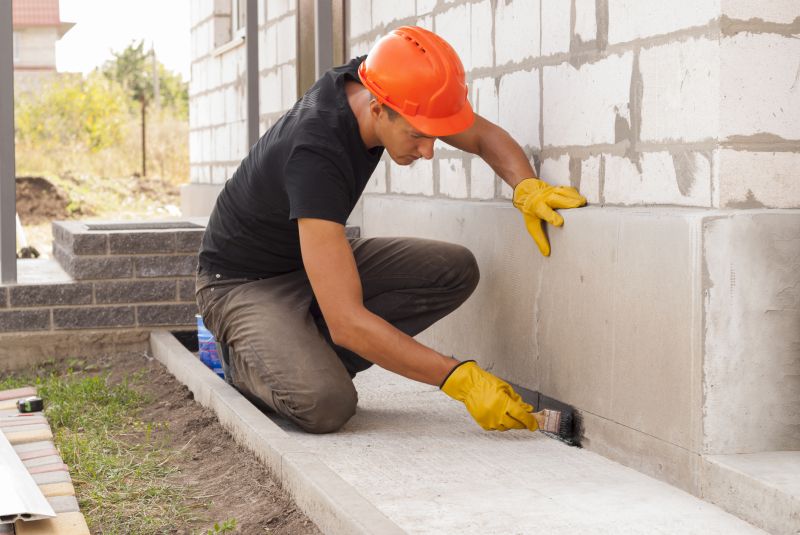
Sealing and reinforcing cracks to prevent water infiltration.
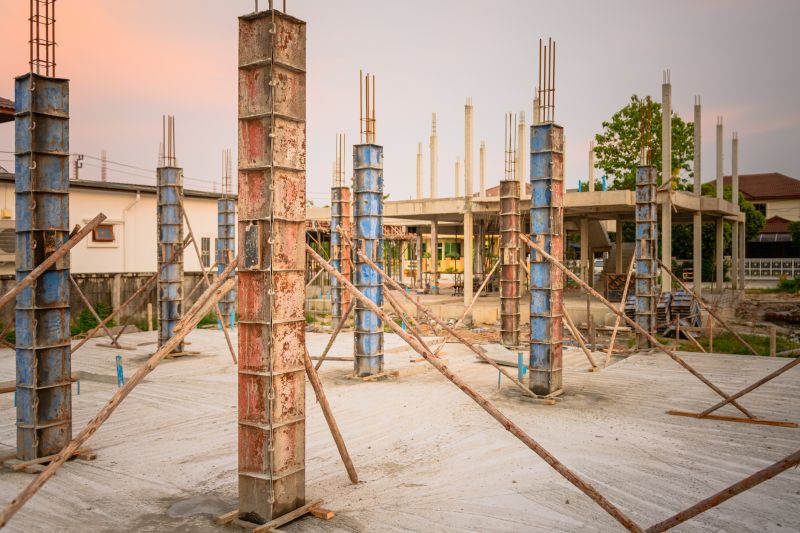
Using piers to stabilize sinking foundations.
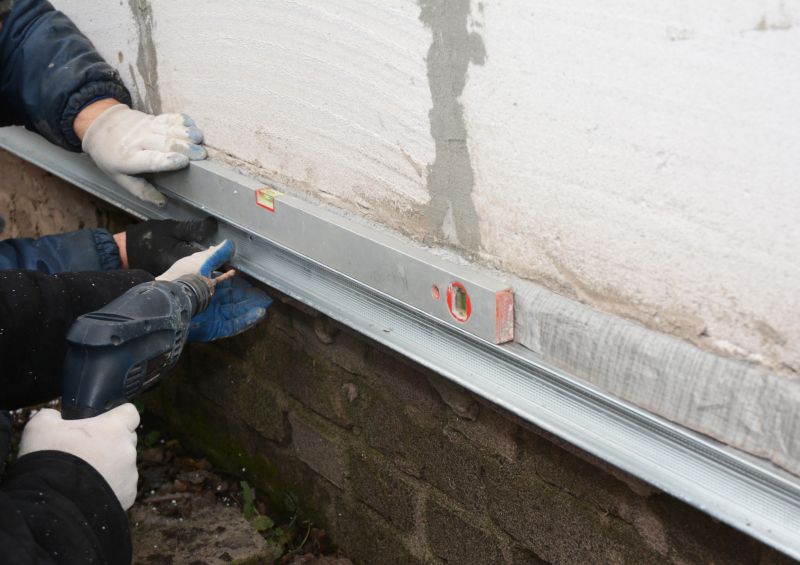
Implementing methods to improve soil support.
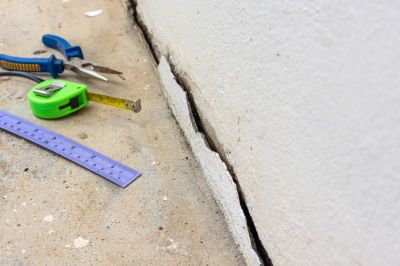
Ensuring foundation stability after repairs.
Choosing the right time for foundation repairs depends on weather conditions, soil stability, and occupancy schedules. Proper timing ensures that repairs are effective and durable. Consulting with foundation specialists can help determine the most suitable period for specific repair needs, reducing the risk of complications and ensuring long-term stability.
Identifying issues early allows for less invasive and more cost-effective repairs.
Scheduling repairs during favorable weather minimizes delays and complications.
Timely repairs contribute to the longevity of the structure.
Experts can advise on the best timing based on specific site conditions.

